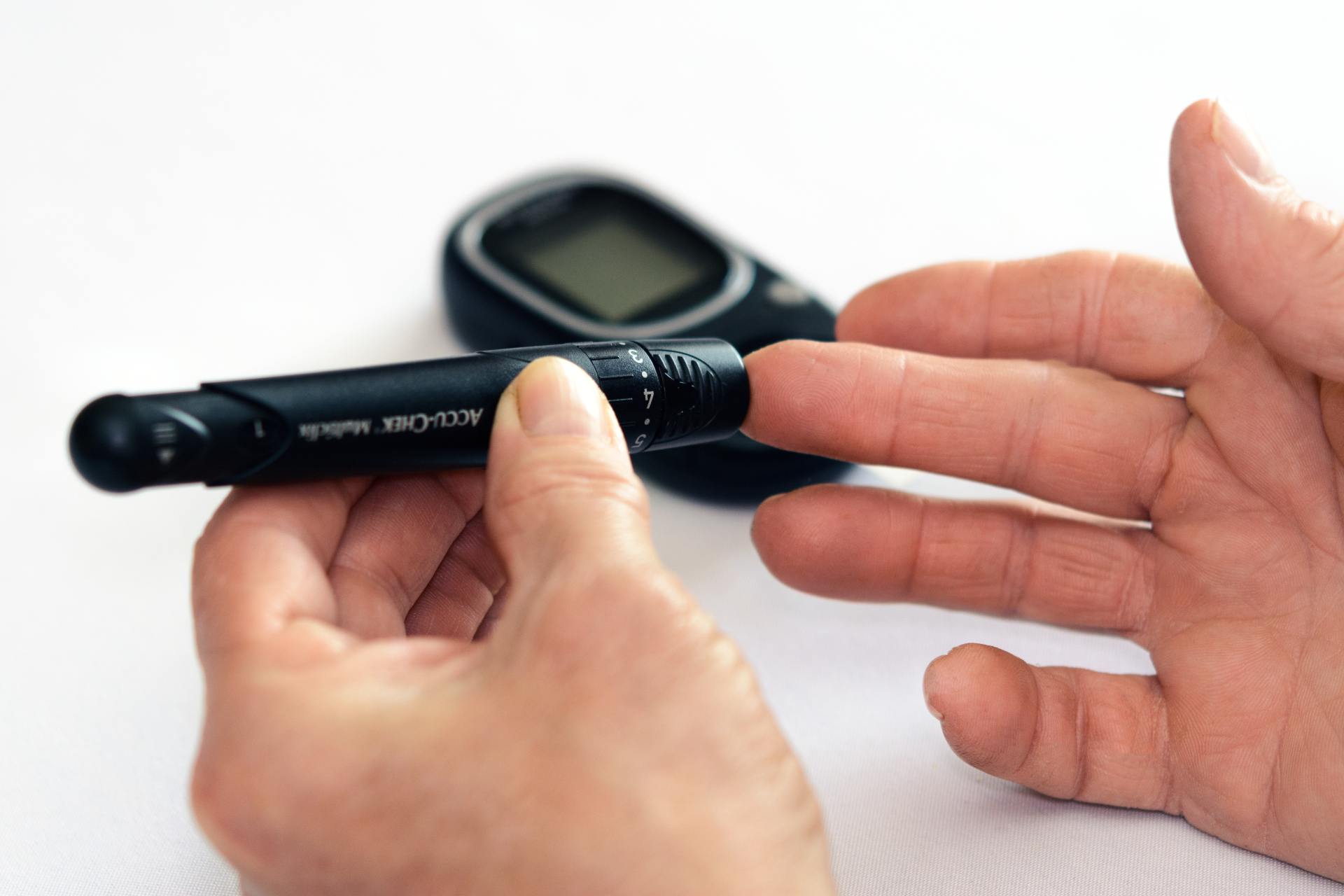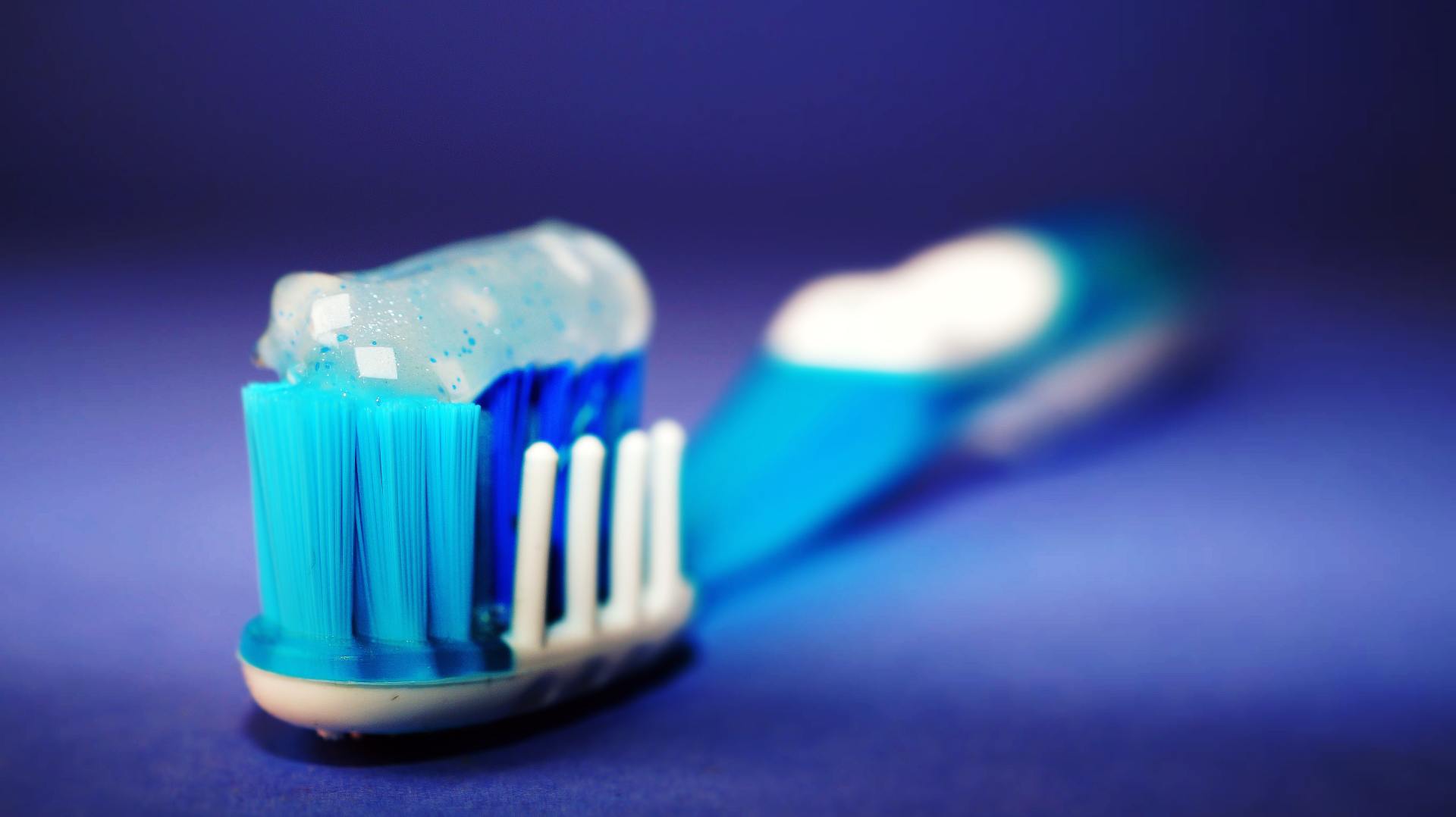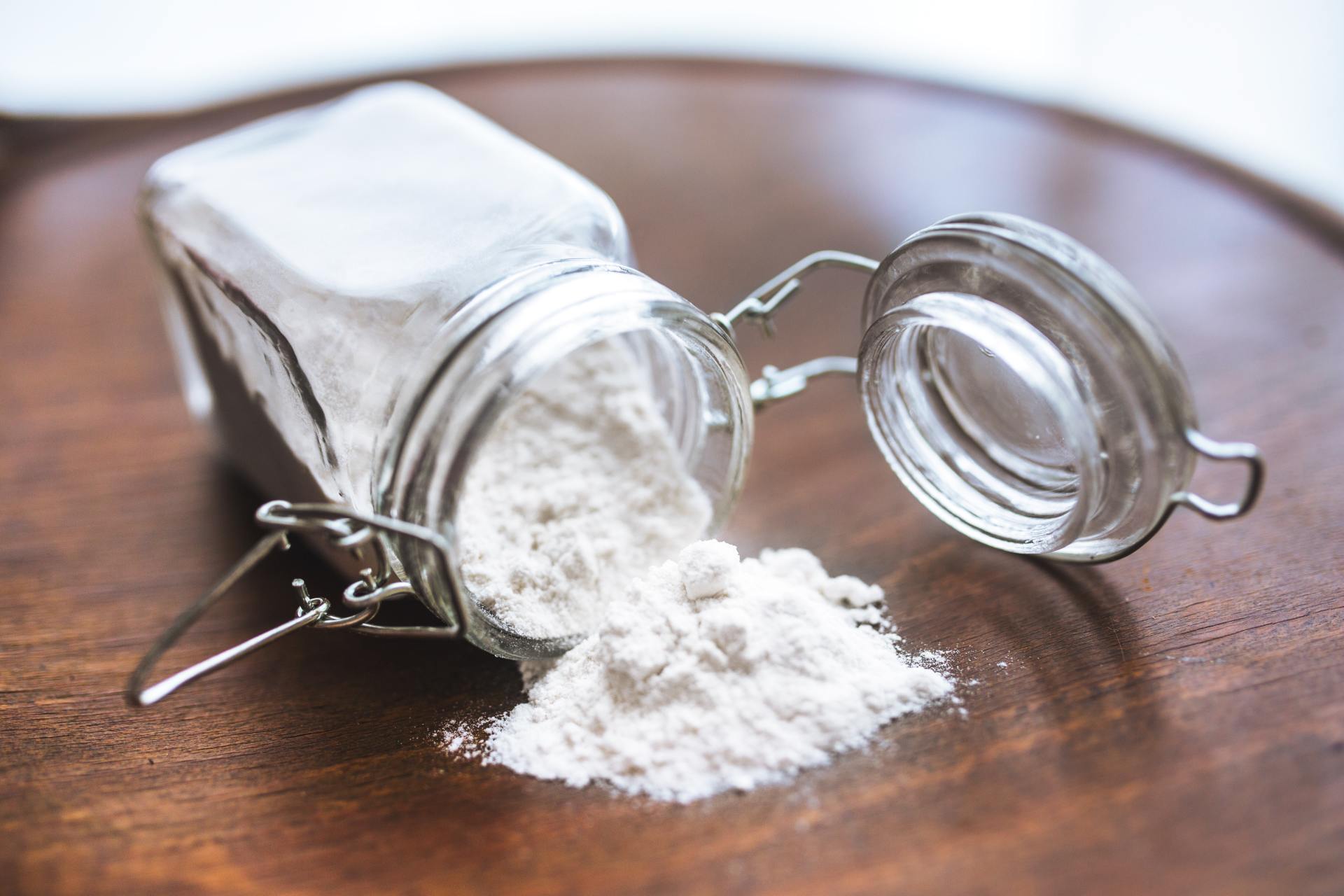New in Anti-Aging: Stem Cells
- By Healthy Living Liberty Lake
- •
- 30 Aug, 2017
- •

There’s a lot of excitement lately in the anti-aging medicine world about stem cells. Why? Because stem cells literally have the potential to reverse aging, repair damaged organs, reverse disease, rebuild cartilage in arthritic joints, and many other applications. It is such an exciting field of medicine that I predict that within the next ten years they will change the way we practice medicine.
What is a stem cell? Basically, a stem cell is a cell that has the potential to become any cell. We derive them from either bone marrow, fat cells, or umbilical cords. The stem cells from the umbilical cord are easily obtained and are very potent in their potential to differentiate into other cells, whereas adult stem cells from fat or bone marrow are more limited in their potential.
There is no limit to the types of diseases that could be treated with stem cells. Uses of stem cells now include:
· Joint injections – probably the most commonly used is injecting the stem cells directly into the joint where there is severe arthritis and reduction of the cartilage. This can allow cartilage to regrow, thereby avoiding the need for a joint replacement.
· Heart disease – by replacing old, decaying cells with new heart cells, heart conditions such as CHF, or congestive heart failure, may resolve. Also helps to repair blood vessels and may reduce high blood pressure.
· COPD or other lung diseases – stem cells can be nebulized and breathed into the lungs allowing repair of damaged tissues; this may be effective even after years of smoking. Often, this treatment is done every six months for several years.
· Diabetes – has the potential to reverse diabetes, even type 1.
· Alzheimer’s – there is exciting research being done showing the possibility of reversing this devastating disease. Other neurological diseases that may be helped include Parkinson’s, previous strokes, and multiple sclerosis.
· Many other conditions, such as vision loss, impaired wound healing, autism, hair loss, chronic pain, neuropathy, kidney disease, and general anti-aging purposes.
What’s next on the horizon? Actually, growing an entire organ. Let’s say you need a heart transplant, which is needed by 4000 people a year. But there are only 2500 available. And if you’re one of the lucky 2500, you then must take anti-rejection drugs the rest of your life, which increases your risk of cancer. But if you could grow your own heart, imagine! It would be like a brand new heart, no one has to die to get one, and you would never have to take anti-rejection drugs. Sounds like science fiction, but it’s not.
Already, as reported in the journal Circulation Research, the researchers used adult stem cells to regenerate new hearts. They looked like immature hearts, and when given an electric shock, started beating. It will be no time at all when organ transplantation from donors will be a thing of the past, and your own stem cells with your own DNA will be used. Have type 1 diabetes? No problem, islet of Langerhan cells can be grown and injected into your pancreas. Need a new kidney? A new one can be made in weeks. Areas of the brain destroyed by a stroke, leaving neurological defects? New brain cells can be made and brain functioning restored. It’s the wild west, and the future is unlimited and exciting!
As with anything new for the first ten years at least, it’s considered “experimental medicine” and therefore not covered by insurance. But that doesn’t mean it isn’t helpful and can’t have profound effects. Even penicillin was at one time considered experimental. We are at the forefront of medical technology, and starting to use stem cell injections for joints, and IV for all the medical issues listed above. Call Family Medicine Liberty Lake at (509) 928-6700 if you would like to learn more.
By Dr. Susan Ashley, M.D.

By Dr. Susan Ashley, MD

By Dr. Susan Ashley, MD

Opiates taken long term also leads to a reduced pain threshold, meaning a person on them will feel pain at a much earlier level than someone else.
There's a lot of interest now in using cannabis to reduce chronic pain, and studies have shown they can be quite effective for neuropathy, migraines, spasticity and joint pain.
However, it doesn't always work, and now a new study shows why.
Then at the end of the 4 years, the people who used cannabis for pain had greater pain severity scores They also found that the meds and other remedies taken for pain were less likely to be effective. In addition, they had greater generalized anxiety disorder severity scores. The bottom line-- the cannabis users were not able to decrease the use of narcotics. Why?
Because of the well known fact that chronic narcotic use decreases pain threshold. In fact in some people the threshold becomes so low that even minor pains can seem intolerable. In essence, the narcotics cancel the pain relieving effects of the cannabis.
Chronic opiates should be avoided as much as possible in chronic pain. Tolerance develops quickly, addiction can occur, and pain threshold is lowered. If you have chronic pain, use other modalities first to try to alleviate the pain. This includes cannabis, acupuncture, anti-inflammatory drugs, weight loss, energy medicine, and stem cells. We have used IV stem cells for reduction of neuropathy pain with good effects.
By Dr. Susan Ashley, MD

Not only that, but those who walked at a fast pace reduced their risk of death even further, by 24 percent.
All it took was putting one foot in front of the other a little more quickly!
And when the researchers zeroed in on cardiovascular disease deaths among participants over age 60, the results were even more striking.
Compared to the slowest walkers, average-paced walkers slashed their risk of dying from cardiovascular disease by 46 percent -- and the fast-paced walkers slashed it by a whopping 53 percent.
Now, the study didn't determine exactly how walking at a faster pace can add years to your life. And how fast do you have to walk just to hit the "average" mark? How brisk is brisk?
In the study, a "fast" pace was defined as one that makes you slightly out of breath or sweaty when sustained. That could vary depending on how much you weigh, how much sleep you got, how much you ate earlier in the day, etc. So there was no exact speed such as 3 mph or 4 mph.
By Dr. Susan Ashley, MD

By Dr. Susan Ashley, MD

Side effects of triclosan include:
- About 1/2 cup coconut oil
- 2-3 Tablespoons of baking soda
- 2 small packets of stevia powder
- 15-20 drops of peppermint or cinnamon essential oil
- 10 drops myrrh extract (optional)
Natural Toothpaste Instructions
- Melt or slightly soften coconut oil.
- Mix in other ingredients and stir well. If using semi-hard coconut oil, use a fork, if not, use a spoon. If you are using completely melted coconut oil, you will need to stir several times while the mixture cools to keep the baking soda incorporated.
- Put mixture into small glass jar (I make different ones for each family member)
- Let cool completely.
- To use: dip toothbrush in and scrape small amount onto bristles. Could also use a small spoon to put on toothbrush.
By Dr. Susan Ashley, MD

By Dr. Susan Ashley, MD

By Dr. Susan Ashley, MD

By Dr. Susan Ashley, MD

By Dr. Susan Ashley, MD
